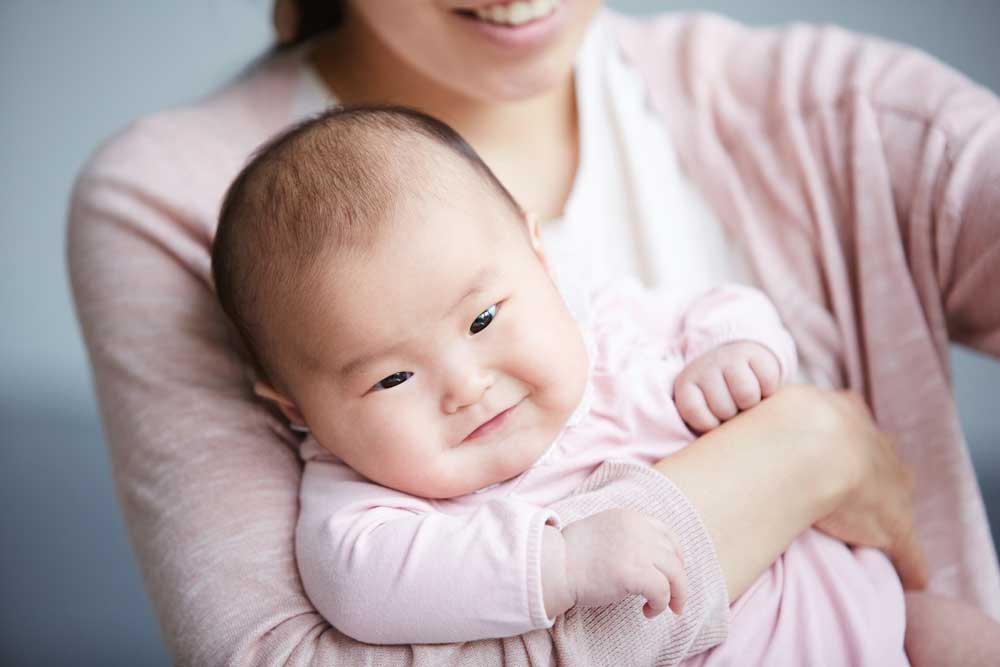
Convertible Cot Safety: Key Considerations for Parents
Convertible cots are a popular choice for parents who want a versatile and long-lasting piece of furniture for their baby’s nursery. While convertible cots can be a great investment, it’s important for parents to consider safety when choosing and using these cots.
In this article, we will explore the key considerations for parents when it comes to convertible cot safety.
What is a Convertible Cot?
A convertible cot is a type of cot that can be converted into a toddler bed and sometimes even furniture sets like our SBROUT®. These cots typically come with a conversion kit that includes additional rails and hardware to convert the cot into a bed and other furniture functions.
Convertible cots are a popular choice for parents who want a long-lasting piece of furniture for their child’s nursery and money savings in the long run.
At KIKI & SEBBY®, we always aim to take things to the next level. This is why we came out with SBROUT®. SBROUT® is a modular furniture which you can use as a baby crib, cot, study table and chair, furniture shelf, play cart, and children’s seat. For exceptional baby cot bundle options, click here.
Key Considerations for Convertible Cot Safety
Construction and Materials
When choosing a convertible cot, it’s important to consider the construction and materials used in the cot. Look for a cot that is made from high-quality materials and has a sturdy construction. The cot should be able to withstand the weight of a growing child and should not wobble or shake when the child moves around in the bed.
A cot that uses high-quality sustainable rubberwood is recommended for longevity. Rubberwood, also known as Asian Oak, is ideal because of its strength, toughness, resilience, and durability.
Additionally, it’s important to consider the materials used in the cot. Look for a cot that is made from non-toxic materials and finishes (i.e., non-toxic water paint). Avoid cots that are made from particleboard or other low-quality materials that may contain harmful chemicals.
Safety Standards and Certifications
When choosing a convertible cot, it’s important to look for cots that meet safety standards and certifications. Look for cots with the BS EN certification. BS EN certification is a requirement that the baby cot meets specific quality standards and safety requirements.
This also includes rigorous testing and evaluation to ensure the cot’s materials, design, and construction comply with established benchmarks. Consumers can also trust that the cot has undergone comprehensive quality checks.
Conversion Kits
When converting a cot into other furniture mode, it’s important to use a conversion kit that is specifically designed for the cot. Do not attempt to use a conversion kit from another brand or model of cot, as this can compromise the safety of the bed.
Additionally, it’s important to follow the manufacturer’s instructions when using a conversion kit. Improper installation of the conversion kit can compromise the safety of the bed and put the child at risk.
Mattress Support
When using a convertible cot, it’s important to ensure that the mattress is properly supported. Look for cots that have a sturdy mattress. The mattress should fit snugly in the cot and should not be able to move around or slip through any gaps.
Age and Weight Limits
When using a convertible cot, it’s important to follow the age and weight limits set by the manufacturer. Convertible cots are designed to be used up to a certain age or weight limit, and using the cot beyond these limits can compromise the safety of the bed.
Additionally, it’s important to consider the age and developmental stage of the child when using a convertible cot. Some children may be ready to transition to a toddler bed earlier or later than others, and it’s important to follow the child’s cues and developmental milestones when making the transition.
Placement of the Cot
When using a convertible cot, it’s important to consider the placement of the cot in the room. The cot should be placed away from windows, blinds, curtains, and other cords that can pose a strangulation hazard. Additionally, the cot should be placed away from heaters, radiators, and other sources of heat that can pose a fire hazard.
It’s also important to ensure that the cot is placed on a flat and level surface. Avoid placing the cot on rugs or other soft surfaces that can compromise the stability of the cot.
Conclusion
Convertible cots can be a great investment for parents who want a versatile and long-lasting piece of furniture for their child’s nursery. However, it’s important to consider safety when choosing and using these cots.
Parents should consider the construction and materials of the cot, look for cots that meet safety standards and certifications, use conversion kits and guardrails properly, adjust the mattress support as the child grows, follow age and weight limits, and consider the placement of the cot in the room.









